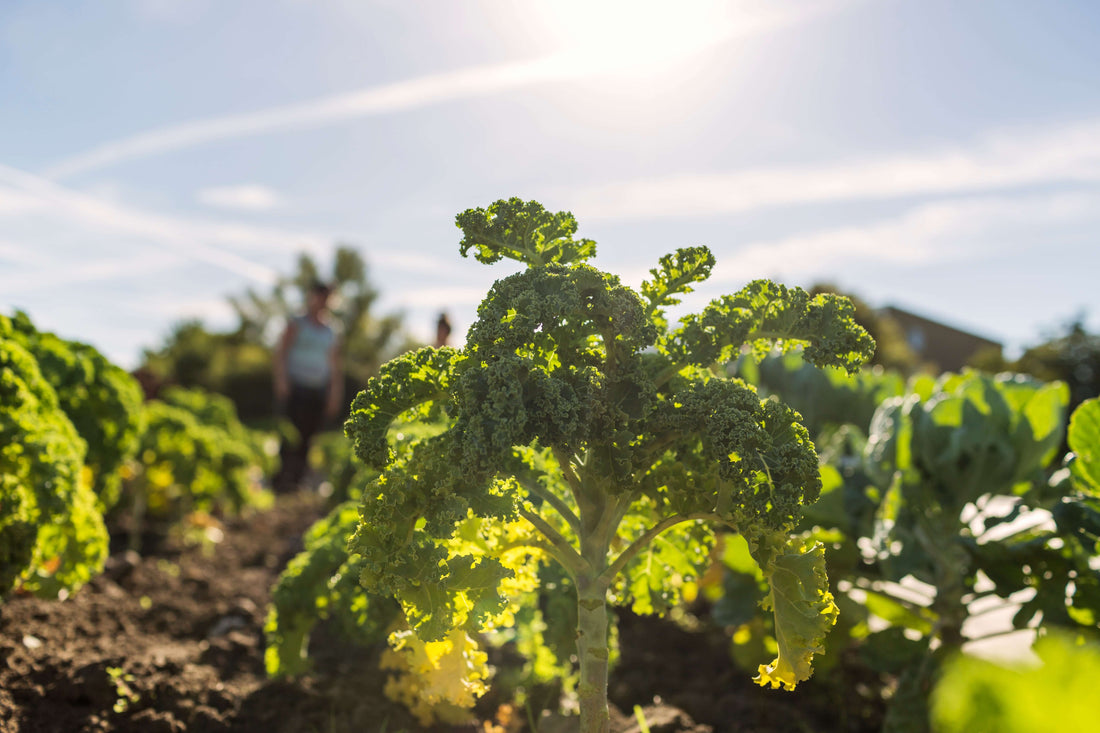
The Top Organic Methods for Successful Kale Planting in the US
Share
Topics Covered:
1. Understanding Organic Farming Practices
2. Benefits of Planting Kale Organically
3. Choosing the Right Location for Kale
4. Soil Preparation for Kale Planting
5. Using Organic Fertilizers for Kale
6. Incorporating Worm Castings in Kale Planting
7. Utilizing Dairy Compost for Kale Growth
8. Watering and Maintenance Tips for Kale
9. Harvesting and Storing Kale
Understanding Organic Farming Practices
Organic farming focuses on sustainable practices that promote soil health and biodiversity. It avoids the use of synthetic chemicals and genetically modified organisms.
Benefits of Planting Kale Organically
Organically grown kale is free from harmful chemicals, making it healthier for consumption. It also supports environmental sustainability and promotes soil fertility.
Choosing the Right Location for Kale
Select a sunny location with well-drained soil for planting kale. Ensure there is good air circulation to prevent diseases.
Soil Preparation for Kale Planting
Before planting kale, enrich the soil with organic matter such as compost, ensuring a pH level of 6.0-7.5 for optimal growth.
Using Organic Fertilizers for Kale
Organic fertilizers like Soil Seed and Water provide essential nutrients for kale without harmful chemicals. Apply the fertilizer according to the package instructions.
Incorporating Worm Castings in Kale Planting
Worm castings, such as Mikey's Worm Poop, are rich in nutrients and beneficial microbes. Mix worm castings into the soil before planting kale.
Utilizing Dairy Compost for Kale Growth
Organic dairy compost, like Dan's Gold, adds valuable organic matter to the soil, improving its structure and fertility.
Watering and Maintenance Tips for Kale
Water kale regularly, ensuring the soil remains consistently moist. Mulch around the plants to retain moisture and suppress weeds. Monitor for pests and diseases, opting for organic solutions when needed.
Harvesting and Storing Kale
Harvest kale leaves when they reach the desired size, cutting them from the outer leaves first. Store kale in the refrigerator for up to a week, washing before use.
By following these organic practices and using organic fertilizers, worm castings, and dairy compost, you can enjoy a bountiful harvest of healthy kale while supporting sustainable agriculture.


